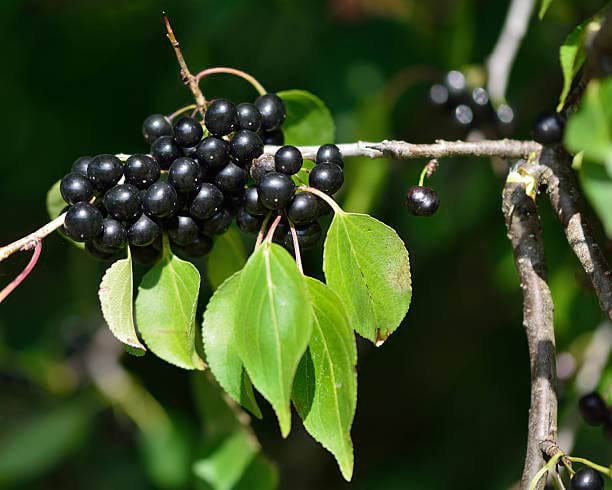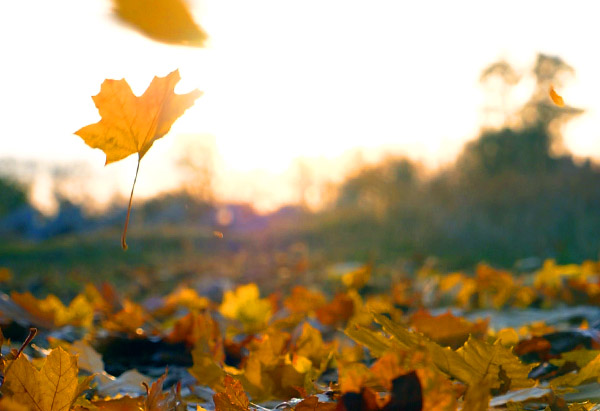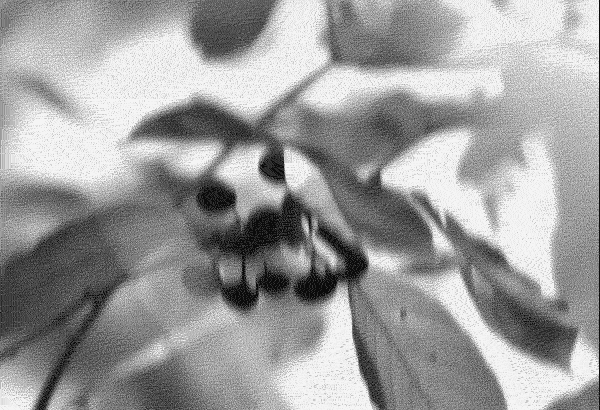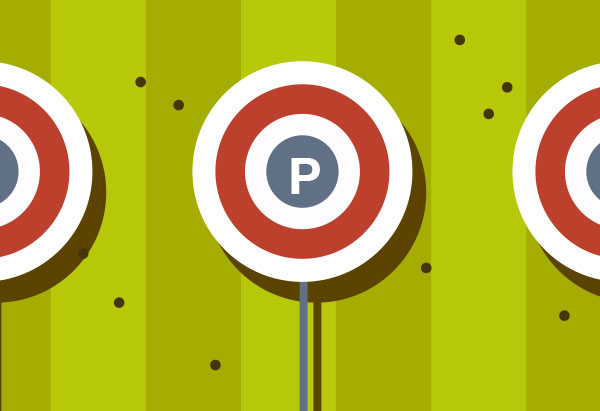A Guide to Buckthorn
Buckthorn is an aggressively invasive plant species that threatens the health of native plants and animals in environments across the United States. To maintain a healthy, balanced ecosystem, you need to remove buckthorn from your property.
Unfortunately, eliminating buckthorn can be a challenge, and it requires patience and diligence to gain the upper hand.
If you want to ensure the ongoing survival of native species in your area, consider consulting with an experienced buckthorn removal professional to determine a plan of action.
What Is Buckthorn?
Buckthorn is a woody plant that ranges in size from a small shrub to a mid-sized tree of up to 22 feet tall. There are two species of buckthorn in the United States and Canada—the common buckthorn (Rhamnus cathartica) and glossy buckthorn (Rhamnus frangula)—neither of which are native to our ecosystems. Both species survive in a wide variety of habitats, and thanks to uncontrolled spread, they can be found in backyards and natural areas across the country.
These plants have brown bark, and each twig has a small, sharp thorn on the end. Buckthorn has an extensive root structure and can tolerate shade and drought.
Buckthorn is one of the first plants to grow leaves in the spring and the last to lose its leaves in the winter.
The Buckthorn Problem
Many native plants struggle to survive in a buckthorn-dominated landscape. Buckthorn invades natural areas and forms dense thickets that outcompete native plants for moisture, light, and nutrients. The woody shrubs produce chemicals that make soil toxic to some animals (like many amphibians), and the leaves break down so rapidly that they expose bare soil and lead to erosion.
Additionally, at the end of summer, female buckthorns produce several hundred berries, each containing four to five seeds that can survive in the soil for three to four years. These dark berries are attractive to birds and other animals, who distribute the seeds and enhance the rapid spread of buckthorn across the region. Unfortunately, these berries have poor nutritional value and have a laxative effect for most creatures that eat them.
Buckthorn doesn’t have any natural controls such as disease or insects that would manage its growth. As it spreads and overtakes available woodland space, it dominates the territory and smothers any competition—creating a toxic environment that makes it difficult for native plants, insects, and wildlife to thrive.
5 Ways to Remove & Control Buckthorn
If you find buckthorn on your property, it needs to be removed.
There are many methods for removing buckthorn, depending on the size of the plant, the amount of buckthorn present, and where the infestation is located.
1. Remove Buckthorn Seedlings and Smaller Shrubs by Hand
Most buckthorn seedlings smaller than ½ inch in diameter can be pulled out by hand. Simply grab the buckthorn by the trunk and pull out the plant and entire root system.
For slightly larger plants, you can use a spade or shovel to dig it out. Push the shovel or spade into the soil a couple of inches away from the trunk of the buckthorn and dig up the plant and its roots.
Remember that buckthorn is prickly, so wear heavy duty gloves as you handle it.
2. Cut Larger Shrubs and Trees with Buckthorn Removal Tools
Larger buckthorn shrubs and trees are cut from the ground using a buckthorn removal tool.
Buckthorn stems 2 to 3 inches in diameter can be cut using a hand-held clipper or lopper. Use a pruning saw for buckthorn stems 3 to 4 inches in diameter. When buckthorn trees have matured to full size, about 4 to 6 inches in diameter, you will need a chainsaw to cut through the trunk.
These buckthorn removal tools can be dangerous, so be sure to follow all safety guidelines and wear protective gear.
Whatever tool you use to cut larger buckthorn shrubs and trees, make the cut as close to the ground as possible and then apply herbicide to the stump to prevent re-sprouting. Professional applicators are required to have an herbicide license to apply EPA-approved herbicides to help ensure that they apply approved herbicides at the appropriate and safe rate.
3. Eradicate Dense Thickets of Buckthorn
To remove dense thickets of buckthorn that have taken over your property, you will need to employ a more robust eradication method.
One approach is to use a forestry mower. These machines can shred buckthorn trees up to 6 inches in diameter into coarse mulch. This work is best done in the winter when the ground is frozen so that the machine does not compact the soil. In addition, any native plants that might be present are dormant in the winter and so will be unaffected by the mowing. You can either go back and treat the stumps with herbicide that same winter, or wait until spring and treat the leaves that will resprout from the trunks.
Another option is to implement a prescribed burn. Buckthorn seedlings are vulnerable to fire because their root structure is immature, so a prescribed burn will prevent seedlings from growing into trees.
4. Treat Buckthorn Stumps to Prevent Re-Sprouting
When you cut larger buckthorn shrubs and trees, the stumps left behind can easily re-sprout if they aren’t treated.
There are two techniques for controlling buckthorn regrowth. You can apply herbicide to the buckthorn stumps within a few hours of cutting so the chemicals soak into the root system, or you can cover the stump with a black plastic bag or tin can, which prevents light from reaching the plant and therefore prevents regrowth.
The light blocking approach will take one to two years for the buckthorn will fully die, so this method requires patience. However, it is chemical-free. Herbicides, on the other hand, are much quicker, but overusing these chemicals may potentially damage surrounding plants.
5. Dispose of Removed Buckthorn
After removing buckthorn plants from your property, you need to dispose of the brush piles. The material is slow to biodegrade, so options include burning it and hauling it to a waste site. Mulching it with a woodchipper is an option, but be sure to mulch only the male plants that don’t have berries. Mulching female plants that have berries will only contribute to the spread.
Why Invest in Professional Buckthorn Removal Services?
Buckthorn removal and management requires a multi-year commitment. To remove a buckthorn infestation and keep it from coming back, you’ll need to successfully eradicate it from your property and perform an annual check for new seedlings.
By hiring an ecological restoration company with experience in buckthorn removal, you will take advantage of their knowledge and resources to ensure your buckthorn is properly eradicated. Instead of taking the time to dig through the soil yourself or purchasing expensive buckthorn removal tools, you can let the experts do the heavy lifting.
Better yet, the best professional buckthorn removal companies will help you develop an ongoing plan to reduce new buckthorn seedlings—making it easier to manage the growth of buckthorn in the future.
For the long-term health of your environment, you need to make buckthorn removal a priority. If you don’t have the time, expertise, or tools to do this work, consider contacting experts to take care of buckthorn removal for you.
Contact ILM Environments for Your Buckthorn Removal and Management Needs
At ILM Environments, we are committed to making our local environments healthier. That means we offer a wide range of ecological services to help you maintain a healthy landscape, including the removal of invasive, damaging buckthorn from your property.
Our experienced land management professionals remove buckthorn using a variety of methods, including prescribed burns, forestry mowing, hand cutting, and foliar spraying—all depending on the size and amount of your buckthorn infestation.
Together, we can determine the best buckthorn removal solution for your property and get started on creating a balanced ecosystem by removing this aggressive invader. Contact us today to schedule a consultation.




